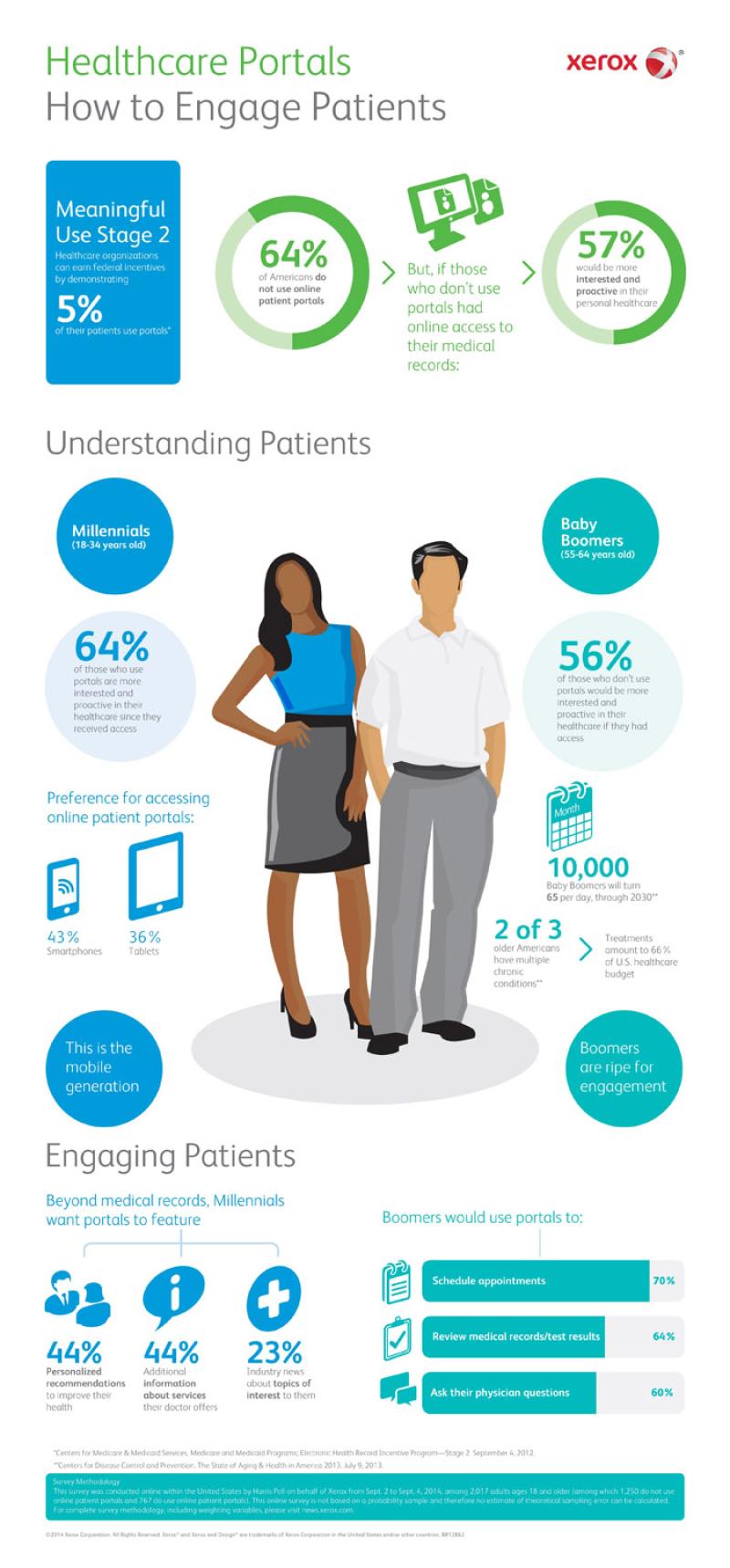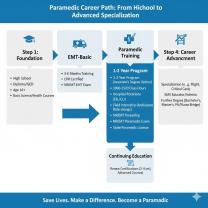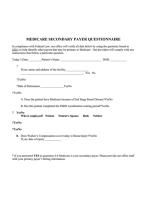What do patients want in a patient portal?
Patients have a variety of expectations and desires when it comes to using a patient portal in healthcare. These desires revolve around convenience, accessibility, engagement, and the ability to take an active role in their healthcare. Here are some common features and functionalities that patients often seek in a patient portal:
Access to Medical Records: Patients want easy access to their medical records, including test results, visit summaries, and medication lists. They value the ability to review their health information online.
Appointment Scheduling: Many patients appreciate the option to schedule and manage their appointments through the portal. This can save time and reduce the need for phone calls.
Secure Messaging: Patients want to communicate with their healthcare providers securely. They value the ability to send and receive messages, ask questions, and seek clarification about their health concerns.
Medication Management: Patients may want to request prescription refills, view their current medications, and understand how to take them correctly.
Telehealth Integration: In the era of telemedicine, patients often seek the ability to conduct virtual visits through the patient portal, making it more convenient to consult with healthcare professionals.
Billing and Payment: Easy access to billing information, including the ability to view and pay bills online, can be a valuable feature for patients.
Educational Resources: Patients appreciate having access to educational materials, such as articles, videos, and resources related to their health conditions.
Mobile Accessibility: Mobile apps or mobile-responsive websites are important for patients who want to access their health information on the go.
Health Reminders: Patients may want to receive reminders for appointments, medications, and recommended preventive care.
Customization: The ability to personalize their portal experience can enhance patient satisfaction. This may include setting preferences, such as notification settings or language preferences.
Family Access: Some patients desire the option to grant access to family members or caregivers, allowing them to view their health information and assist in their care.
Lab Results Notifications: Patients appreciate receiving timely notifications when new lab results are available for review.
Integration with Wearables and Health Apps: The ability to sync data from wearable devices or health and fitness apps into the patient portal can help patients and providers track health metrics more effectively.
Prescription Requests: Patients often want the option to request prescription renewals or refills through the portal.
Transparent Communication: Patients value open and transparent communication from healthcare providers regarding their health status, treatment plans, and progress.
Overall, patients seek a patient portal that empowers them to actively engage in their healthcare, facilitates communication with their providers, and offers a convenient and user-friendly experience. To ensure patient satisfaction, healthcare organizations need to pay attention to these preferences and continually improve their patient portal offerings.
1. Primary Expectations and Desires of Patients from a Patient Portal
Patients have a growing desire for greater involvement in their healthcare, and patient portals play a crucial role in facilitating this engagement. Here are some of the primary expectations and desires of patients from a healthcare patient portal:
Access to Medical Records: Patients want convenient access to their medical records, including test results, diagnoses, medications, and past appointments.
Appointment Scheduling and Management: Patients want the ability to schedule and manage appointments online, including viewing available times, requesting specific providers, and canceling or rescheduling appointments.
Secure Communication with Healthcare Providers: Patients want a secure way to communicate with their healthcare providers, ask questions, and receive updates on their care.
Bill Payment and Insurance Information: Patients want a convenient way to pay their medical bills online and access their insurance information.
Health Education and Wellness Resources: Patients want access to reliable health education resources and personalized wellness tools.
2. How a Patient Portal Enhances the Patient's Healthcare Experience
A patient portal can significantly enhance the patient's healthcare experience by providing them with greater control over their care, improving communication with providers, and promoting informed decision-making. Here are some specific benefits of patient portals:
Empowerment and Convenience: Patients can access their health information, manage appointments, and communicate with providers at their convenience.
Improved Communication and Coordination: Patient portals facilitate better communication between patients and providers, leading to more informed care.
Self-Management and Preventive Care: Patients can track their health metrics, manage chronic conditions, and access preventive care resources.
Reduced Costs and Paperwork: Patient portals can reduce administrative costs and the need for paper communication.
3. Features or Functionalities Preferred by Patients in a Patient Portal
Patients typically prefer patient portals that offer a variety of features and functionalities, including:
Intuitive and User-Friendly Interface: The portal should be easy to navigate and understand, even for patients with limited technical expertise.
Secure and Protected Access: Patients' health information should be protected with robust security measures to prevent unauthorized access.
Comprehensive Medical Record Access: The portal should provide access to a wide range of medical records, including past appointments, test results, diagnoses, and medications.
Online Appointment Scheduling and Management: Patients should be able to schedule, reschedule, and cancel appointments online at their convenience.
Secure Messaging with Healthcare Providers: Patients should be able to send and receive secure messages with their healthcare providers.
Bill Payment and Insurance Information: Patients should be able to view and pay their medical bills online and access their insurance information.
Personalized Health Education Resources: Patients should have access to reliable health education resources tailored to their specific needs and conditions.
Wellness Tools and Tracking: Patients should be able to track their health metrics, such as blood pressure, weight, and activity levels, and receive personalized wellness recommendations.











